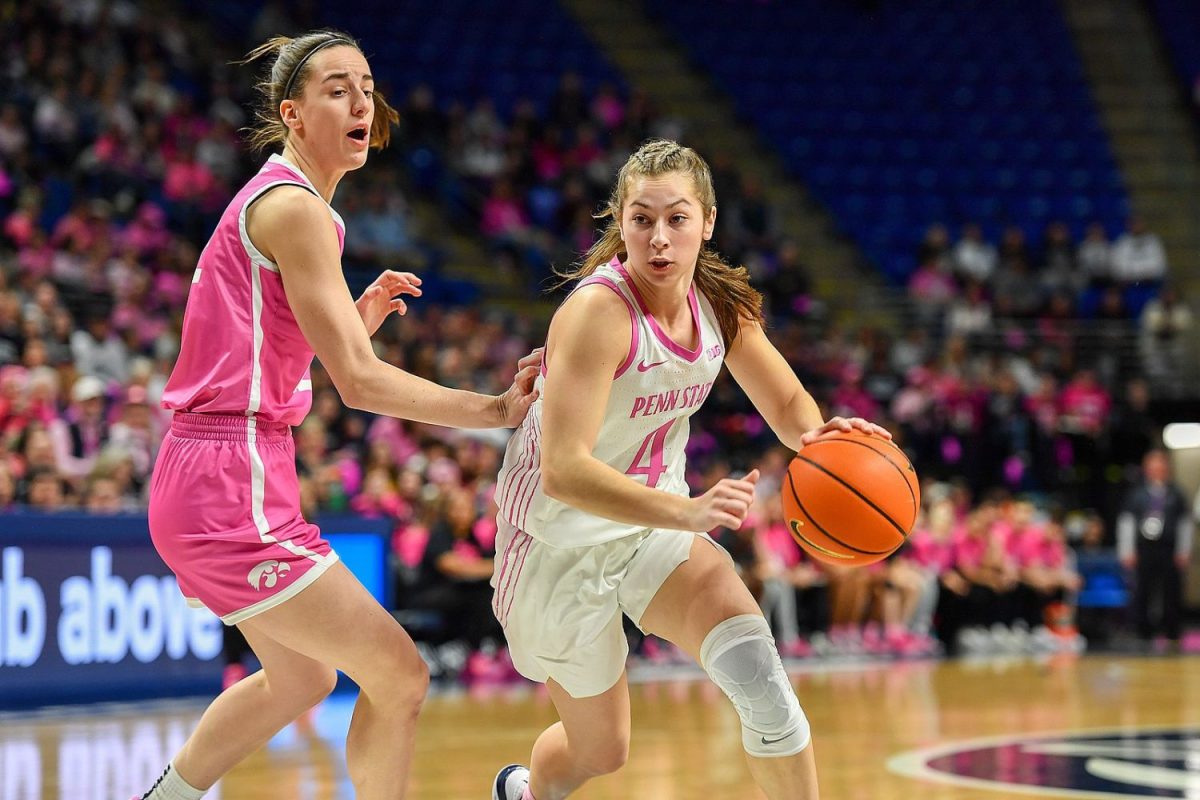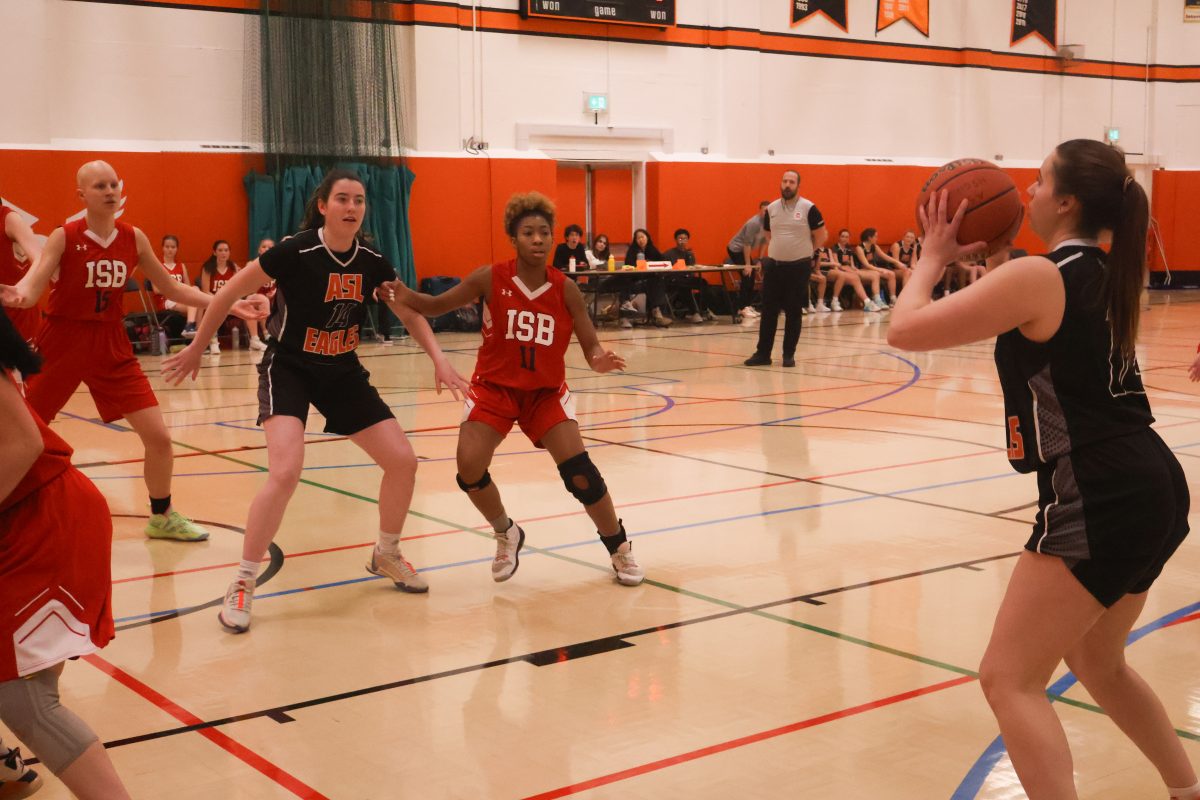The soccer world has been experiencing quite a disappointing trend lately. Overpriced transfers and staggeringly high wages for average players have corrupted the Barclays Premier League and even, perhaps, the essence of soccer.
Shane Long’s summer transfer from Hull City to Southampton for an exorbitant £12 million epitomizes my current stance on overpriced mediocrity in soccer. To put things into perspective regarding Long’s transfer. Real Madrid winger Cristiano Ronaldo cost Manchester United the same amount in 2003, and judging by his contribution to the Premier League (84 goals in 196 League appearances), Long’s move proves Premier League spending has escalated dramatically in recent years.
While the transfer fees for average players continue to rise, their wages progressively increase too. Few issues in the modern game draw more criticism than the average soccer player’s salary.
Gareth Bale’s move to Real Madrid in 2013 after a summer of assiduous speculation completed a world record £85 million transfer. Earning slightly below an incredulous £300,000 per week for 90 minutes of playtime, Bale’s arrival at the Santiago Bernabeu was a testament to the club’s preserving endeavor to return to the summit of European soccer and win their 10th European cup. When one puts Bale’s wages into perspective however, the man earns double the yearly salary of U.K. Prime Minister David Cameron with just a week of work. In fact, to date, the average Premier League player earns £30,000 a week, while according to the Office of National Statistics, the average annual earnings of workers in the U.K. lists around £26,500.
Following the sacking of David Moyes after a hugely unsuccessful tenure at Mancheser United, Louis Van Gaal was named as the Scots’ replacement in the summer of 2014. Securing the services of Ander Herrera, Luke Shaw, Daley Blind and Marcos Rojo, Angel Di Maria and Radamel Falcao, Van Gaal’s summer transactions remain the club’s most expensive ever, reaching an estimated total value of £150 million. These players earn a joint average of £125,000 per week.
Setting aside whether Manchester United’s spending spree will prove to be a tactical success, do these soccer players really deserve to earn such ludicrous amounts of money?
Falcao will reportedly earn £285,000 per week, while Shaw’s paycheck has risen to £100,000 per week since transferring from Southampton. While Shaw’s services for the next 10 years will no doubt ultimately justify his wages, I believe paying a relatively inexperienced 19-year-old such high wages will cultivate a lack of instability within Manchester United and instigate other players to request for increased earnings too.
How will Shaw’s wages affect Manchester United’s left back Rafael, who currently earns a “modest” £60,000 despite being four years older than Shaw and a regular starter for the club?
Similarly, Chelsea’s experienced Brazilian left back Filipe Luis, recently signed from Atletico Madrid, will earn around £78,000 per week, marginally less than his British counterparts’ income, while still delivering an equal quality of soccer. Receiving additional earnings through individual performances, image rights and other commercial endorsements, the question remains as to where this excessive compensation will end.
In 1992, the overall Premier League wage pay was four times more than the lowest tier in English soccer, but by 2010, this number had increased to 30 times. Or even further back. Almost 50 years ago, the chairman of the Professional Footballers’ Association Jimmy Hill successfully managed to lobby for the abolition of the “pay-cap” on soccer players’ earnings, allowing Fulham player Johnny Haynes to become the first ever professional soccer player to receive £100 per week. Gareth Bale earns this amount of money every four minutes with his contract at Real Madrid.
From an economic standpoint, soccer, similar to any other industry, conforms to supply and demand and has therefore gradually morphed into a multimillion-pound institution. From a demand perspective, these ludicrous investments and astronomical wages are given to the players with the expectation of some return of value or worth by the club.
Real Madrid, Manchester United, Chelsea and other clubs increased spending over the past decade has resulted from a combination of high demand from their fan-base, and a limited supply of these unique individuals. Like any other consumers, soccer supporters demand a certain standard of product from the soccer industry.
Numerous individuals, including Cristiano Ronaldo and Lionel Messi are indispensable members of their respective clubs and therefore arguably deserve the dividends they are given.
Rumors are currently abundant about a possible return of Cristiano Ronaldo to the Premier League, with reputable sources mentioning that such a return would provide Ronaldo with a weekly paycheck of £500,000 or a stunning £26 million a year: if bankers wages are being capped, why not consider the same for soccer players?
This would surely bring them closer to their fans once again, many of whom complain that their idols have lost touch with reality: for example, who can forget this worrying or rather embarrassing photo last year of a well-known Premier League average player using Pound Sterling notes as toilet paper?
sebastian_mayr@asl.org







